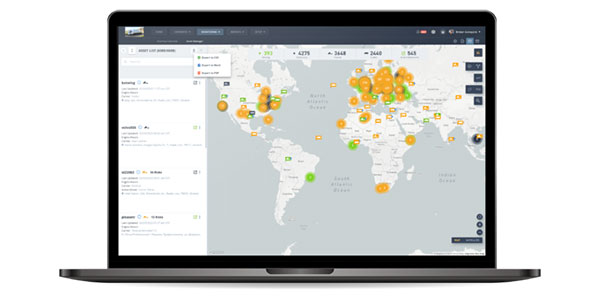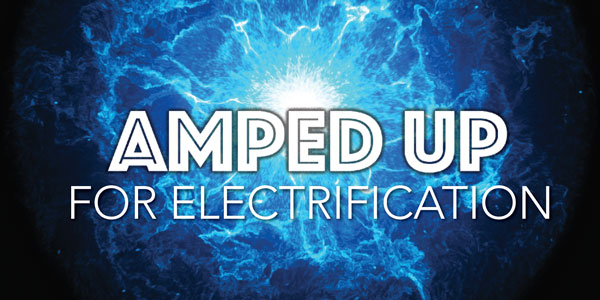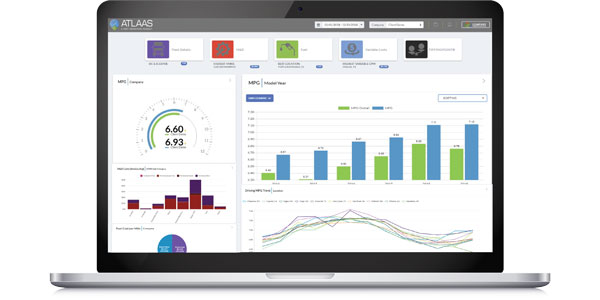Stuart Strongly Suggests:
1. Make sure the bottom of your fuel storage tanks are free of sediment. Check them periodically and have the muck removed—properly!
2. Ensure that there are fuel filters on the dispensing pump. Change them frequently as the flow rate slows down. Gas pumps are around eight to 10 gal. per minute. Diesel pumps can be as high as 30 gal. per minute. Most diesel pumps are approximately 20 gal. per minute. Drivers will advise the shop that the pump has slowed down; however, many shops do not have fuel filters in stock. I would suggest that if you have two pumps and one pump slows down, you might want to change both filters at the same time. Sounds logical.
3. Most importantly, if installing filters on fuel pumps for the first time, or questioning the current filtration, go big and be thorough. Trap the water and amebas at the pump. Forget the budget here!
4. Drain or vacuum out all bottom sediment in the fuel tanks at PM time. Each PM, not every other, or each “C”, “D” or what ever you used to do. Change your practices and make sure it is listed and the procedure spelled out on the PM sheet.
5. When colder weather approaches, add some water-absorbing liquid to the tank. Save yourself from potential problems or shortened filter life, which can occur when ice crystals build up on the filter paper or at the elbows, shutting down or cutting off flow.
There are add-on items that will measure fuel filter restriction, or devices like top-mounted visible filters that give visual indication when the filter life is near its end.
We need to have the fuel cleaned to less than two microns. We have come to a point in our industry where we almost have to re-refine the fuel on the vehicle, and so what we need is larger, smaller-microns filters that process the fuel on the vehicle. By the way, boats and airplanes have better refined fuel, but commercial trucks don’t because fleets don’t want to or can’t afford to pay for it. To compensate, my suggestion is to get the most filtration available, maintain all of your tanks and filter the fuel before it goes into the vehicle tanks. Years ago Mack had two filters, Detroit Diesel had two and construction equipment had two filters. Now, when we really need more filtration, we only have one filter. What is that all about? We need better filtration, not less!
DWS Fleet Management website: www.darrystuart.com













